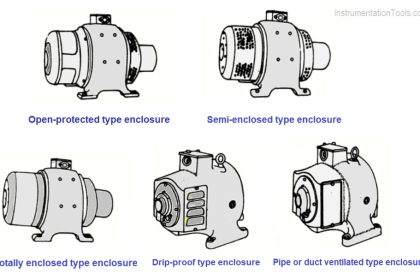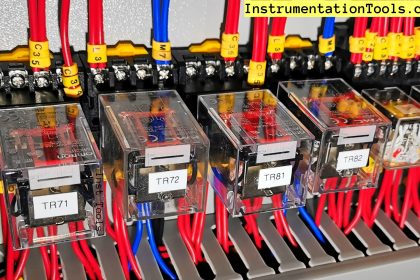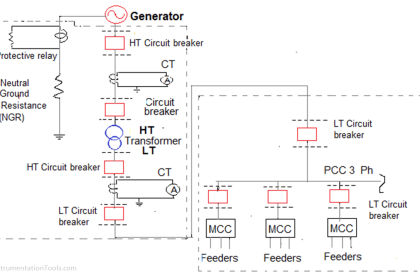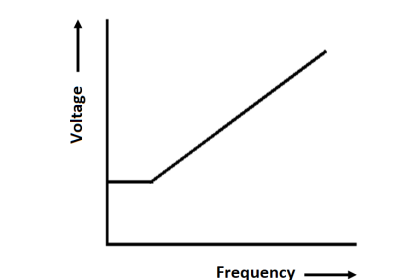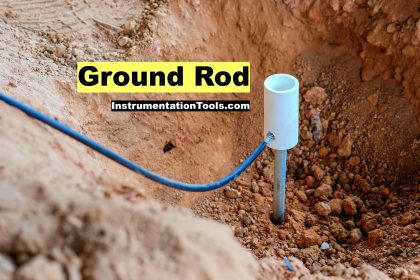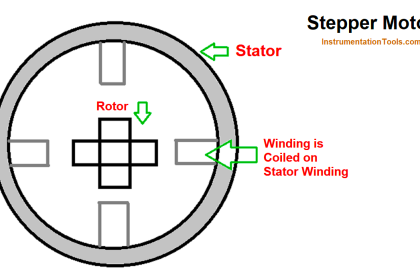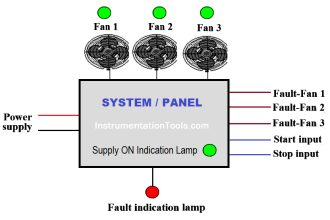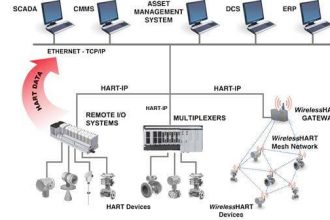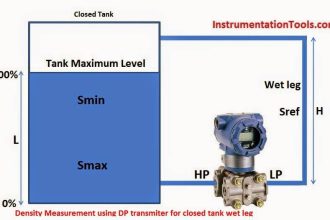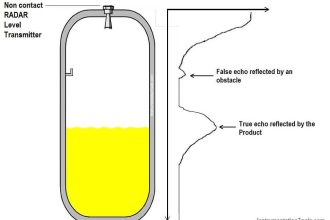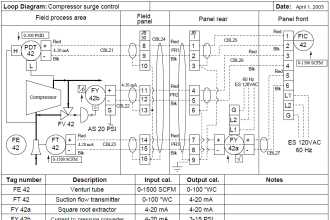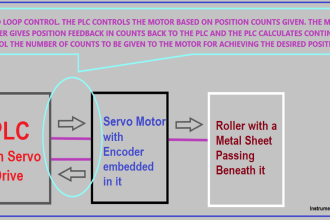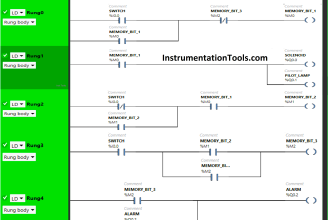Instrument Transformers serve an important role in the protective systems that are used in AC systems for the measurement of various electrical parameters.
They are voltage, current, power, power factor, frequency, energy. As the name implies, these transformers are used in connection with suitable instruments such as ammeters, voltmeters, wattmeters, and energy meters.
For the protection of power systems, Instrument transformers are also used with protective circuits to operate relays, circuit breakers, etc., the working of these transformers is similar to that of ordinary transformers.
Instrument Transformer
The basic purpose of the Instrument transformer is to step down the alternating (ac) power system voltage and current and measure the respective signal.
The voltage and current levels of the power system are very high. It is very difficult and costly to design the measuring instruments for the measurement of such high-level voltage and current. Generally measuring instruments are designed for 5 amps and 110 Volts.
The large amount of electrical parameters can be measured by using small rating measuring instrument transformers. Hence, these transformers are very popular in modern power systems.
Types of Instrument Transformers
In electrical engineering, a Current Transformers (CT) together with Potential Transformers (PT) is called an Instrument transformer.
Current Transformer
A current transformer is used to step down the current of the power system to a lower level to make it possible to be measured by a small rating ammeter (5A).
A typical connection diagram of a current transformer is shown in the figure below.
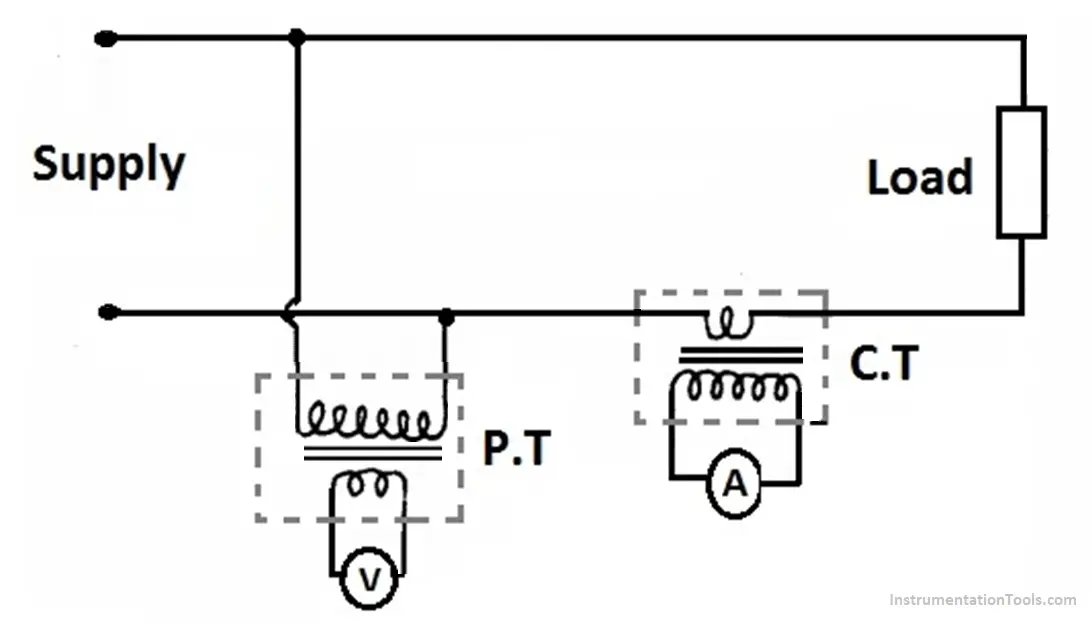
The primary winding of a current transformer (C.T) is connected in series with the load. The primary winding carries load current to be measured.
The primary winding has very few turns while the secondary winding has more turns. Across the secondary winding, the ammeter is connected directly.
A current transformer may be considered as a series transformer, the primary winding of the current transformer should be connected in series of the circuit of whose current needs to be measured.
Transformation Ratio of C.T = (Primary Winding Current / Secondary winding Current).
Turns Ratio for C.T = (Number of turns of secondary winding /Number of turns of primary winding).
For example, Turns ratio of CT is marked 600:5.
Voltage Transformer
These are used for the measurement of high voltages using low-range voltmeters.
The primary winding of the voltage transformer is connected across a supply line (R, Y, and B) whose voltage is to be measured. Across the secondary winding, the voltage measuring circuit is connected.
A voltage transformer is considered a parallel transformer, the primary voltage transformer should be connected in parallel to the circuit whose voltage needs to be measured.
Transformation ratio for voltage transformer = (Primary winding voltage/Secondary winding voltage).
Turns Ratio for PT = (Number of turns of primary winding/Number of turns of secondary winding).
For example, Turns ratio of PT is marked 1300: 120.
Dos and Don’ts
Never open the secondary circuit of a current transformer while the primary is energized.
Never short circuit the secondary of an energized Voltage Transformer.
Advantages of Instrument Transformer
- A Large voltage and current of AC power system can be measured by using small rating measuring instruments 5A, 110-120V.
- The measuring instruments can be placed in a panel, away from the high voltage side by connecting long wires to the instrument transformer. This provides the safety of instruments as well as the operator.
- The power loss in the instrument transformer is very small.
Disadvantages of Instrument Transformer
- The main drawback is that these instruments cannot be used in DC circuits.
If you liked this article, then please subscribe to our YouTube Channel for Instrumentation, Electrical, PLC, and SCADA video tutorials.
You can also follow us on Facebook and Twitter to receive daily updates.
Read Next:
- Compare Soft Starter and VFD
- Download Electrical Enclosure Book
- Instantaneous Trip Circuit Breakers
- Interview Questions on Transformers
- Generator Protection Interview Questions
